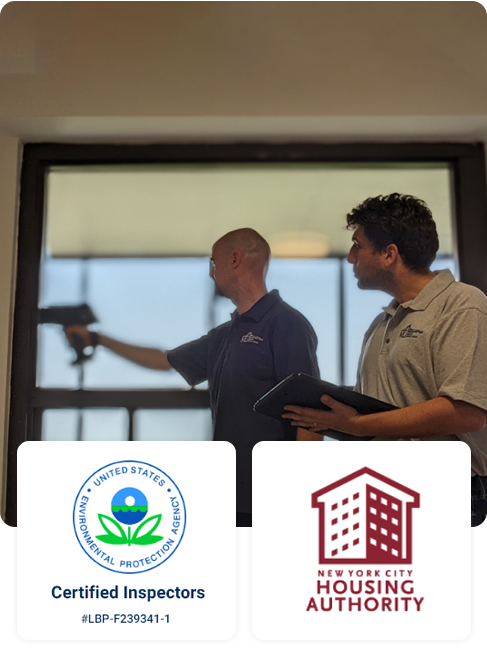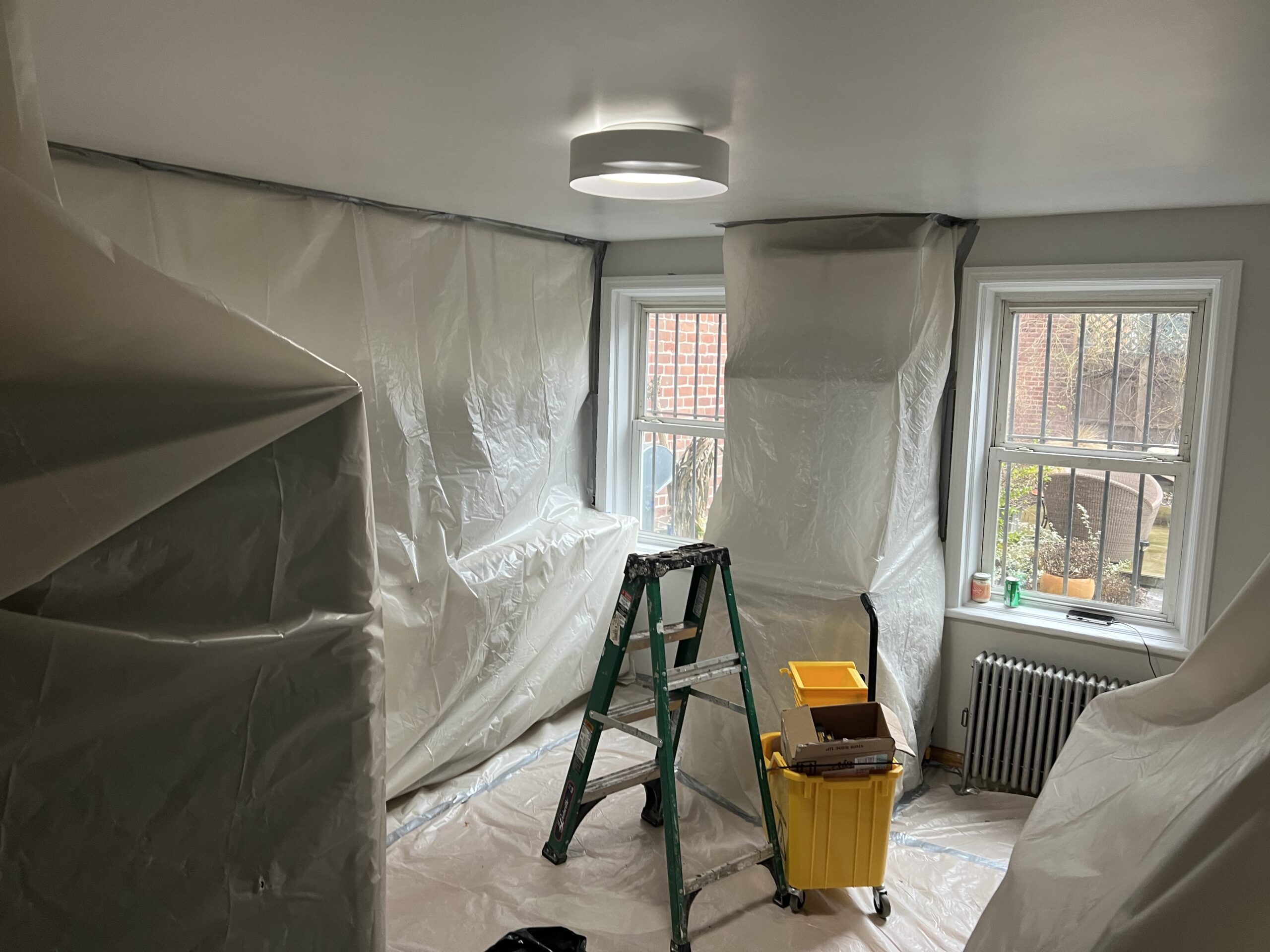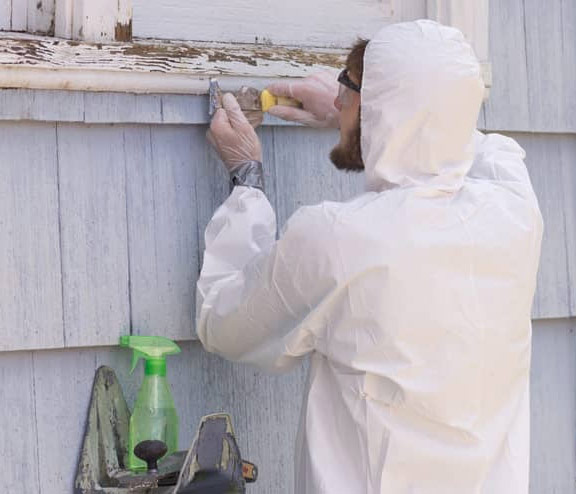Important Devices and Strategies for Reliable Lead Violation Clean-up
Dealing with lead violations properly necessitates an extensive approach that blends the right devices with calculated techniques. The very first step includes gearing up workers with Individual Safety Tools (PPE) to secure their health. Simultaneously, the usage of specialized clean-up devices, such as HEPA vacuums and lead-specific cleaning agents, is important for extensive impurity elimination. Effective control methods, consisting of plastic bed linen and adverse air stress systems, are important to prevent the spread of harmful products. Furthermore, safe disposal methods and rigorous adherence to regulative standards ensure liable handling of poisonous waste. What are the nuanced approaches that really make a distinction?
Individual Safety Equipment
Personal safety devices (PPE) is a vital component in the reliable administration of lead contamination clean-up. PPE acts as an essential obstacle, guarding workers from the hazardous effects of lead direct exposure, which can cause severe health and wellness effects. The crucial PPE for lead clean-up consists of respirators, protective clothes, handwear covers, and eye protection. Each type of equipment is particularly created to reduce various risks connected with lead bits and dirt.
Respirators, especially those equipped with HEPA filters, are indispensable for filtering air-borne lead particles, preventing inhalation. Correct fit and seal checks are crucial to guarantee their performance. Protective clothes, including coveralls and non reusable matches, stops lead dirt from adhering to workers' garments, minimizing the threat of second contamination. Gloves, typically made of nitrile or latex, secure the skin from straight call with lead, while security goggles or full-face shields protect the eyes from dirt and particles.
Moreover, strenuous training on the proper usage and maintenance of PPE is vital. Workers should be enlightened on donning and doffing treatments to prevent contamination. Normal evaluations and replacements of PPE components are required to keep their safety capacities, making sure a secure and compliant cleanup procedure.
Specialized Clean-up Devices

Another important tool is the wet/dry vacuum cleaner, which can efficiently tidy up both dust and liquid contaminants. These vacuum cleaners commonly feature HEPA filters to offer an additional layer of safety and security. Damp wipes or tack towels are also important for surface cleansing; they are especially developed to catch and hold lead particles, decreasing the risk of spreading out contamination.
For even more stubborn down payments, specialized lead-removal cleaning representatives are needed. These representatives are developed to break down lead bits, making them less complicated to remove. Scrub brushes with sturdy bristles can help in this process, particularly on harsh surface areas where lead dust often tends to adhere a lot important source more highly.
Furthermore, encapsulants are made use of to seal lead-contaminated surfaces, stopping the launch of lead dust. These specialized paints and coverings are developed to follow different substrates, supplying a long-lasting option for lead containment.
Efficient Control Techniques
Efficient containment methods are essential in reducing the spread of lead contamination during clean-up tasks. Executing robust containment strategies ensures that lead fragments do not move to untouched areas, thereby protecting both employees and the atmosphere. One main approach is making use of plastic sheet to seal off contaminated zones. Heavy-duty polyethylene obstacles can be mounted from floor to ceiling to produce a controlled job area, considerably reducing the risk of air-borne lead dust dispersal.

To enhance containment, encapsulants can be put on surfaces that are not being removed or disrupted. These specialized layers bind lead dirt, minimizing its schedule for resuspension. Furthermore, all personnel have to wear ideal Personal Safety Equipment (PPE), including respirators and disposable fits, to stop contamination spread.
Safe Disposal Practices
Making certain safe disposal methods is an essential element in the administration of lead contamination clean-up. Proper disposal minimizes the danger of lead re-entering the setting and threatening public health and wellness. The first action is to determine and set apart lead-contaminated waste from other products. Secure control utilizing durable, watertight containers is necessary to avoid spillage throughout transportation.
Transferring lead waste needs adherence to strict standards. Using certified harmful waste carriers makes sure that the materials are taken care of responsibly. Documents, including manifests describing the type and amount of waste, ought to go along with deliveries to track the waste from the website find of origin to its final disposal location.
Designated contaminated materials disposal facilities are equipped to handle lead-contaminated products safely. These facilities typically utilize innovative techniques such as stablizing, solidification, or chemical treatment to reduce the effects of the lead prior to disposal. Landfilling in specialized, lined areas that protect against leachate from contaminating groundwater is a typical method for last disposal.
Regular training for personnel involved in lead waste disposal is essential to preserve safety and security requirements and protect against unintended direct exposure. By adhering to these methods, organizations can considerably decrease the ecological and health impacts connected with lead contamination.
Regulatory Conformity Tips

Following regulative conformity is vital in the effective execution of lead contamination cleaning. Understanding and adhering to government, state, and neighborhood policies makes sure not just the safety and health of individuals however likewise the legal and financial health of the cleanup company. The Epa (EPA) sets strict requirements, such as the Lead Improvement, Repair Work, and Paint (RRP) Guideline, which mandates appropriate accreditation and training for contractors taking care of lead-based activities.
Compliance starts with a complete assessment of suitable legislations and laws. Organizations must stay updated on any type of legislative adjustments, which can be facilitated through regular training sessions and subscribing to industry updates. Documents is an additional vital conformity element; keeping thorough documents of all activities, consisting of inspection reports, employee training logs, and disposal materializes, is necessary.
Furthermore, involving with licensed lead inspectors or risk assessors guarantees that lead dangers are correctly recognized and reduced. Companies should implement the use of Individual Protective Devices (PPE) and ensure that security methods are strictly followed. Transparent communication with stakeholders, including workers, customers, and governing bodies, will foster a society of conformity and accountability, ultimately adding to a more secure and more effective lead cleaning procedure.
Verdict
Reliable lead violation cleanup demands the combination of specialized tools and calculated approaches to make sure security and effectiveness. Utilizing HEPA vacuums, specialized cleansing representatives, and reliable containment approaches such as plastic sheeting and unfavorable discover this air pressure systems is necessary. Individual protective tools (PPE) safeguards employees from exposure, while safe disposal practices and rigorous adherence to regulatory conformity are essential for responsibly handling harmful waste. Jointly, these measures considerably reduce health and wellness dangers and add to a cleaner atmosphere.